
The mountains that separate us

Harvey Manning, a wise if curmudgeonly guru of Northwest American hiking, had a wonderful motto: "The slower you go, the more you see." How very true. Partly.
In the following text, American writer and climber John Harlin III talks about what he has learned over the last two weeks during his attempt to circle the country by walking, climbing, cycling and paddling.
“I could easily have spent the last month just along the Austrian border. I would know that good-sized region so much better than I do now. But I wouldn’t be here, at the shore of Lago Lugano, about to wend my way around Ticino, the country’s southernmost and most Italian of cantons.
There’s a palm tree out my hotel window, for crying out loud. In Switzerland? This wouldn’t be known to me for weeks to come. Maybe months. Or years. It all depends on how slow you go in order to see deeply.
For me and I think for most hikers, there’s the clash between seeing more and seeing deeper. Manning surely meant deeper when he penned those very true words (yes, penned, long before the computer).
But if I were to follow his advice, I’d never make it around Switzerland. So I must skip along seeing what I see, thinking my own thoughts all too much of the time, and sometimes gaining deeper insight when I happen to meet up with people who know the region I’m skipping through.
This last section of the Swiss border—from the southern end of Val Poschiavo to Lago Lugano—has shown me quite a few things, even if I travelled too fast to see deeply.
Among the obvious lessons is how very appropriate mountains are as national boundaries. In these last days from Splügen pass to nearly here on Lago Lugano, the logic of the alpine barrier was particularly obvious.
Into nothing
The Italian climber Beno and I scoured the maps together to find the best route for me near the border. We kept coming up with trails on the Italian side of the crest. “But I want to be in Switzerland,” said I. “There’s nothing there,” said he. He was speaking geographically, in that the Swiss side plunged steeply into the deep valley of Val Mesolcino, where a freeway led to Bellinzona. Between the crest and the freeway was steep ground with barely a trail – certainly none that connected. By contrast, on the Italian side there were any number of trails, huts, and a diversity of terrain suitable for hiking.
This isn’t politics at work, this is geography. And geography has created the politics. It’s only logical that this broad Italian side – the Valle San Giacomo, with Campodolcino at its middle – would consider itself a people, and the deep valley on the other side would be a different people. Between them are mountains. Big, rotten, lousy, useless mountains. Nasty, too. Who wants to be friends with people on the other side of them? Who lives there anyway? Perfect to draw a political boundary on such a useless crest.
This all made perfect sense to me as I walked back and forth across the border. The mountains divide us.
Border dialectics
But what does sense have to do with politics? Really, it’s people who divide themselves. In my last biweekly report I wrote about the diversity of languages and the incongruity of which language was spoken on which side of the border. I thought it was oh so complex. How terribly naive of me.
While on the Italian side of Bernina I learned a thing or two about dialects, which amount to local versions of the broader language that are so peculiar that people from other places can’t understand them.
The most famous of these is perhaps Swiss German, which Germans can’t understand. Within Swiss German, the dialects vary from city to city, valley to valley, but generally people can at least communicate. Not so in Italy.
On the Italian side of the Alps I learned that the dialects are even more serious. One hut guardian told me that in the village he grew up in there were three separate dialects depending on what part of town you lived in.
Deadly tongues
Until this generation, it was a considered a moral outrage to marry between dialects. This is in a village of 5,000, which is pretty big by local standards. He had a friend from the Venice area, and if they each spoke their dialect they wouldn’t have any idea what was said. Another hut guardian told me that they killed people who didn’t speak the dialect. He meant historically, not today. But this is all between neighbours, let alone the strange folks who live on the other side of a mountain.
Not that mountains are a barrier to killing. I don’t believe I much discussed the First World War fortifications that I hiked past on Stelvio Pass, south of Val Müstair. Here monstrous guns were placed to prevent Italians from crossing into Austria, or maybe it was the other way around.
Italians hauled cannons to the top of 3,905-metre Piz Ortler. If you look at the peak you can’t really believe it – this mountain is nearly as high as Bernina and covered in steep glaciers for the upper 1,000 metres or so. It was a useless place to put guns except to stake your claim, to pee on your fencepost.
On the west side of Campocologno on the edge of the Val Poschiavo I saw all sorts of mystery roads on the Italian side, some leading to and then ending on top of the Swiss border. I discovered since that these were all First World War tracks built to haul guns, though few of them were finished enough to do so.
So yes, it’s true that mountains divide peoples. But mostly it’s people who divide peoples.
Such have been a few of my thoughts as I walk all too fast along the Swiss borders. There is so much left to learn. I’m sure I’ve said that before, and I’m also sure I’ll still say it at the end.”
John Harlin III was born in 1956 and grew up in Germany and Leysin, Switzerland. After his father, John Harlin II, died in 1966 attempting to be the first to climb the direct route up the north face of the Eiger, his family returned to the United States to live.
He finally climbed the Eiger north face himself in 2005, a feat that was the focus of the popular IMAX film “The Alps”. John is the editor of the “American Alpine Journal” (published by the American Alpine Club since 1929) and a contributing editor to “Backpacker” magazine.
John Harlin began his attempt to follow the entire Swiss border in June 2010. But barely a week in, he broke both of his feet in a mountaineering accident.
Once the bones had healed Harlin resumed his adventures. Last autumn he paddled the Rhine, cycled around Schaffhausen, biked the crest of the Jura and kayaked across Lake Geneva.
This summer he is travelling clockwise from eastern Switzerland to end near the site of his accident, the Mont Dolent, where the borders of Italy, France and Switzerland come together.
To follow Switzerland’s mountain border, John Harlin will ascend and descend around 220,000 vertical metres. It is the equivalent of going up and down Mount Everest – from the sea to summit – 12 times.
Lowest point: The borderline running across Lake Maggiore (193m)
Highest point: The top of the Dufourspitze (4,634m)

In compliance with the JTI standards
More: SWI swissinfo.ch certified by the Journalism Trust Initiative
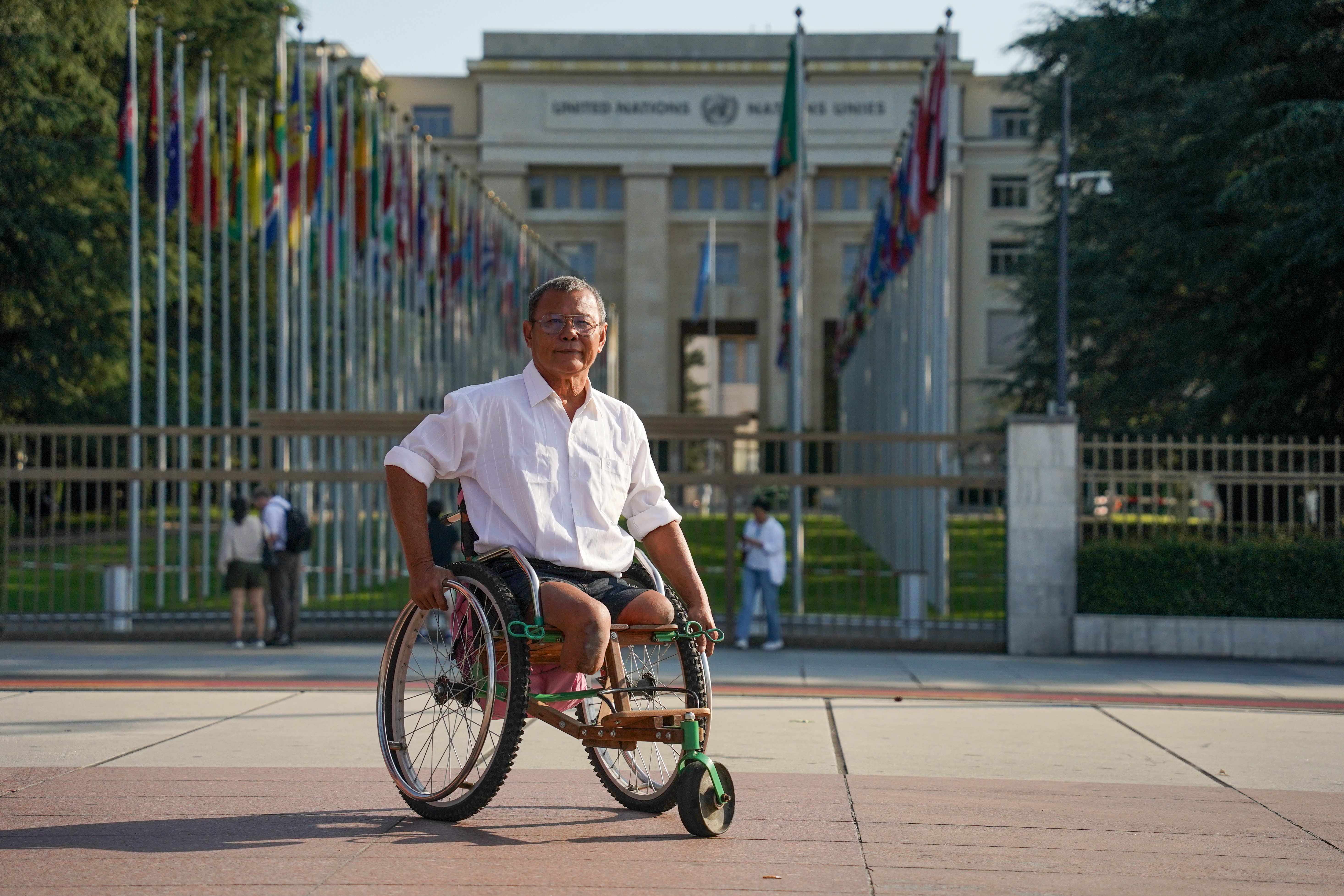










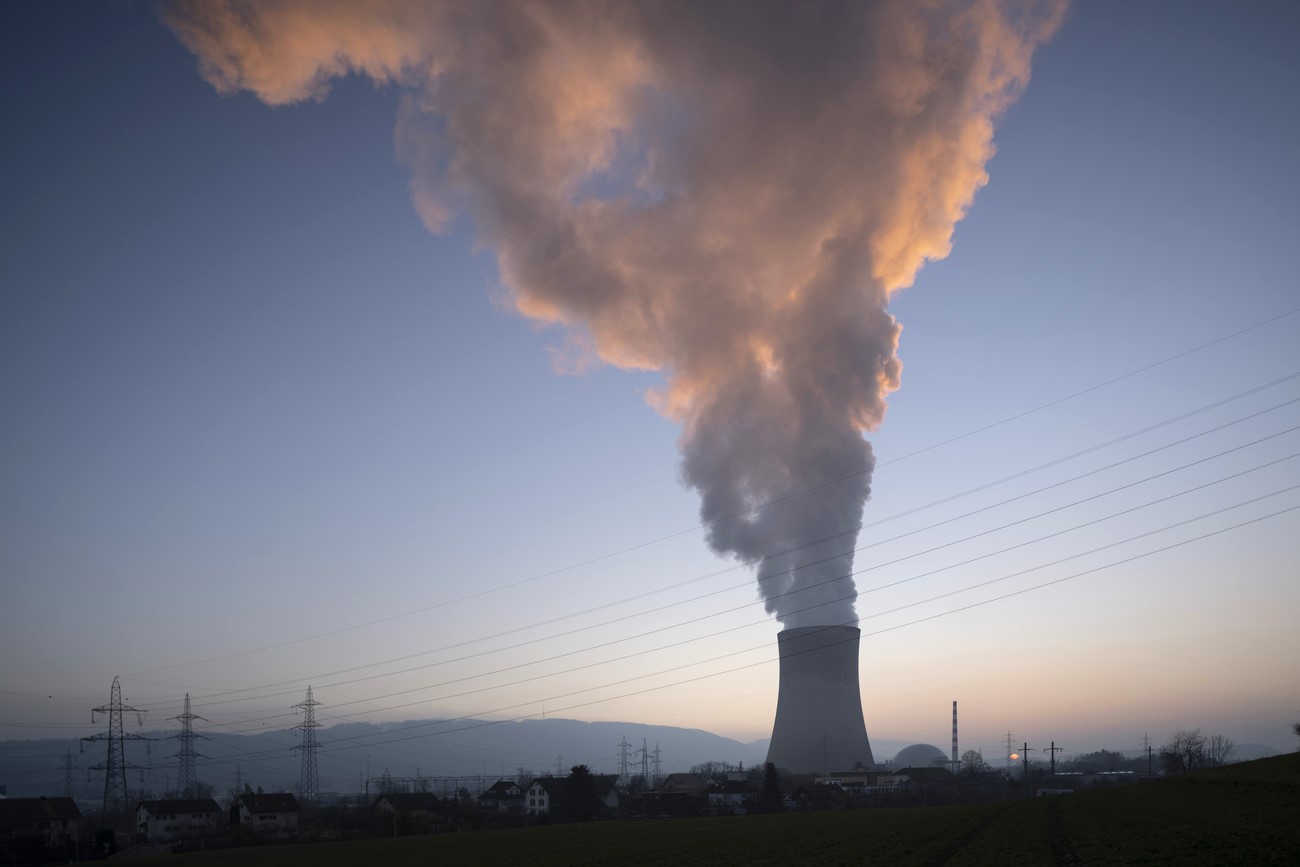




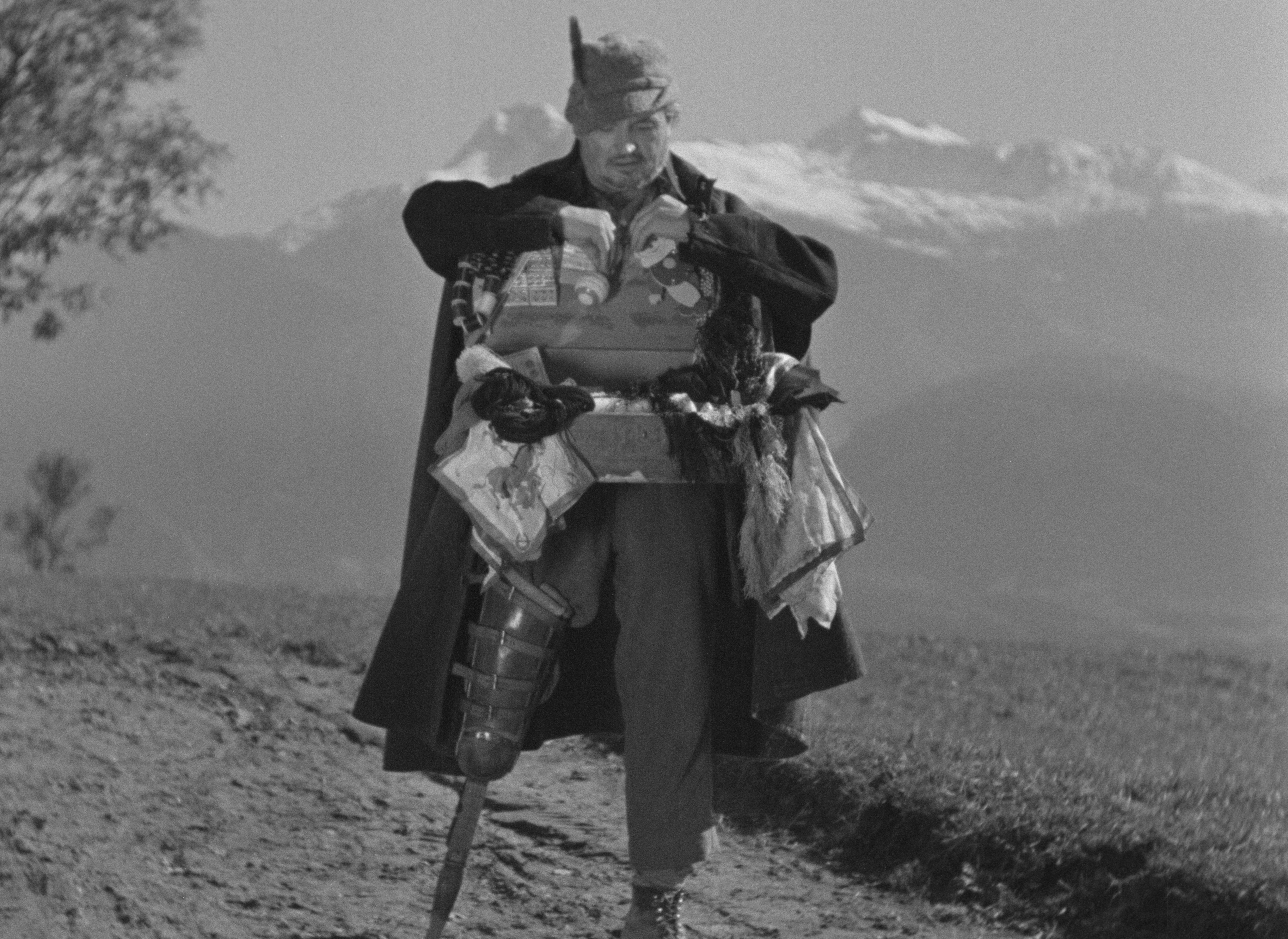








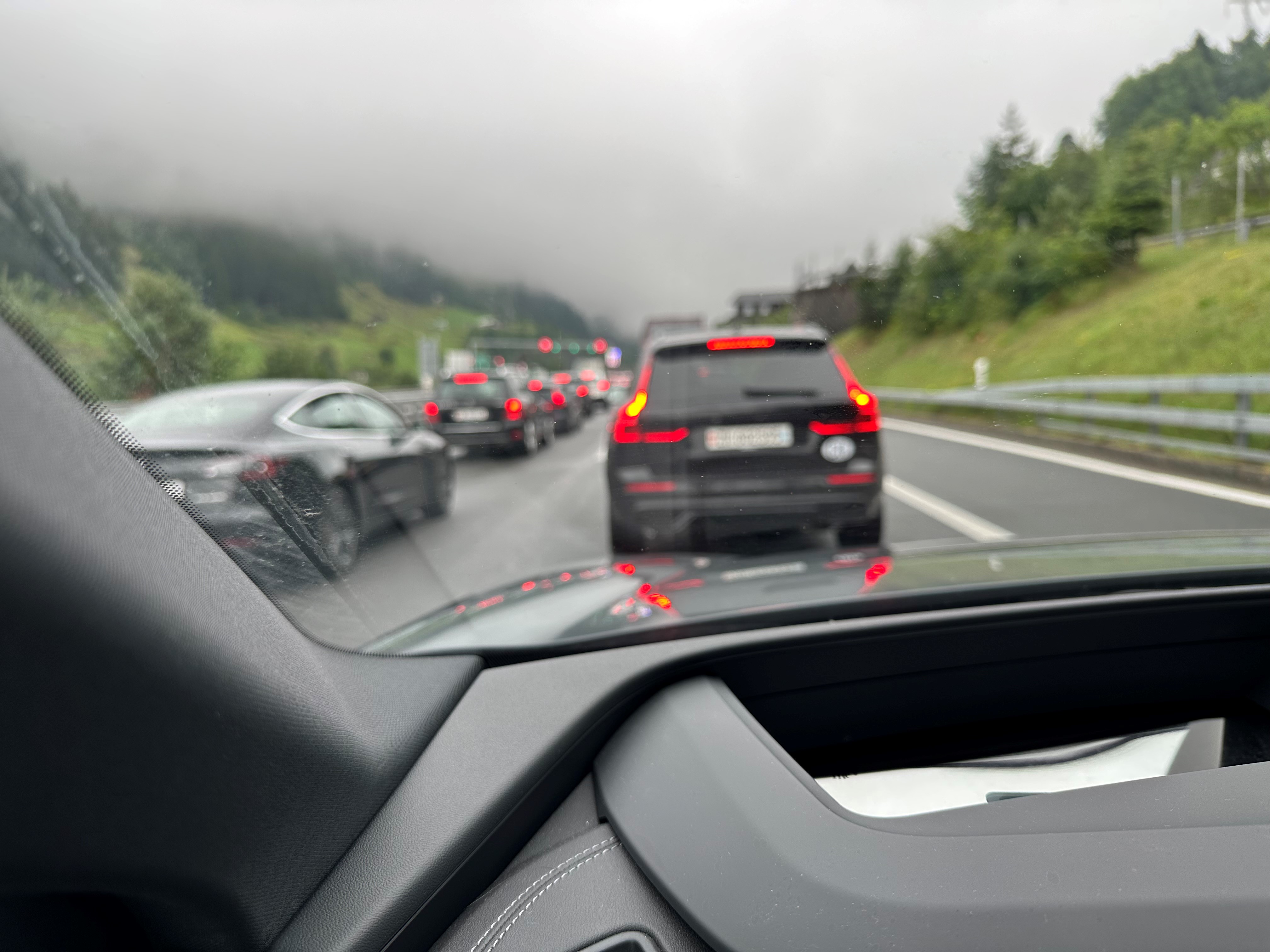










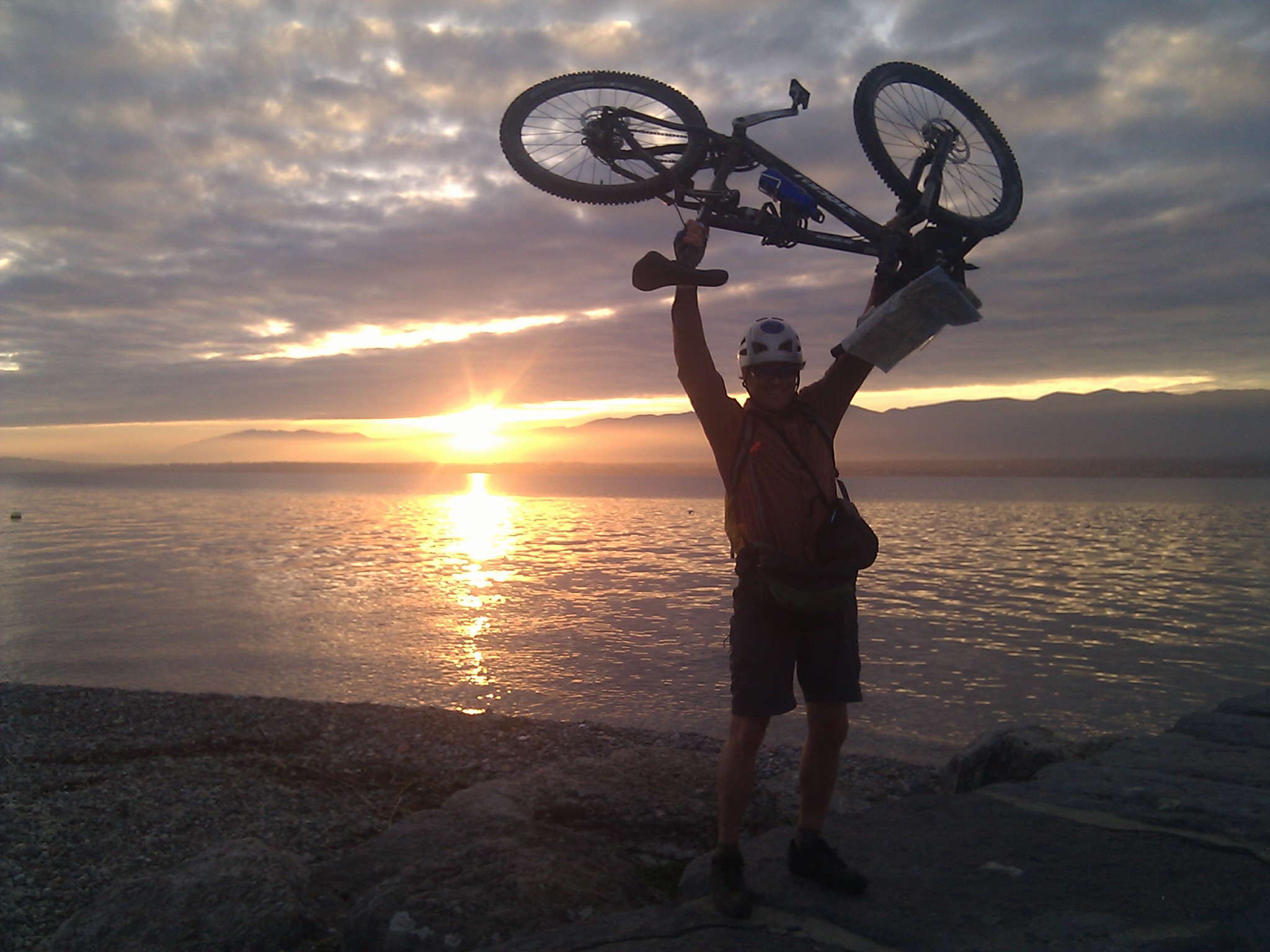
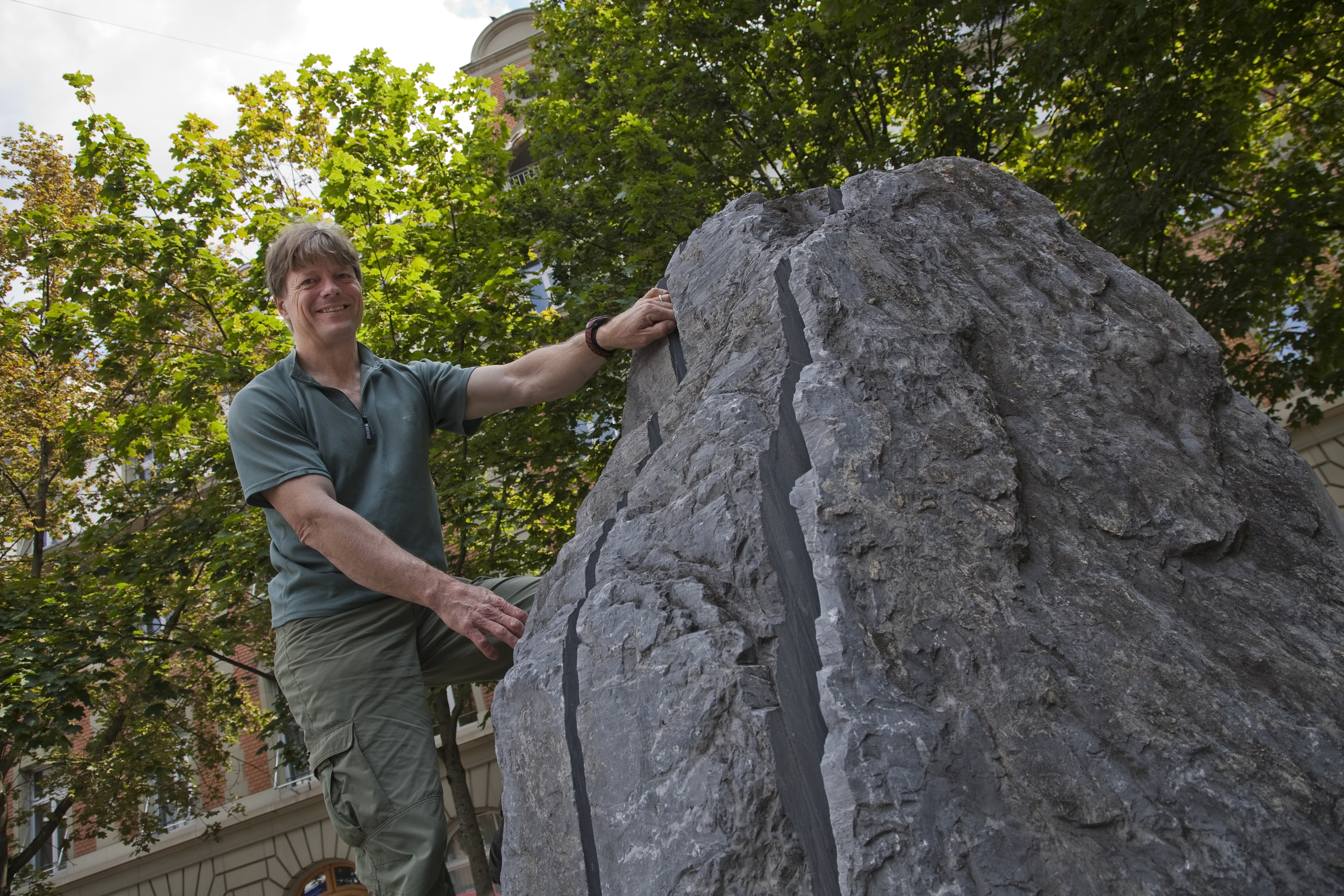
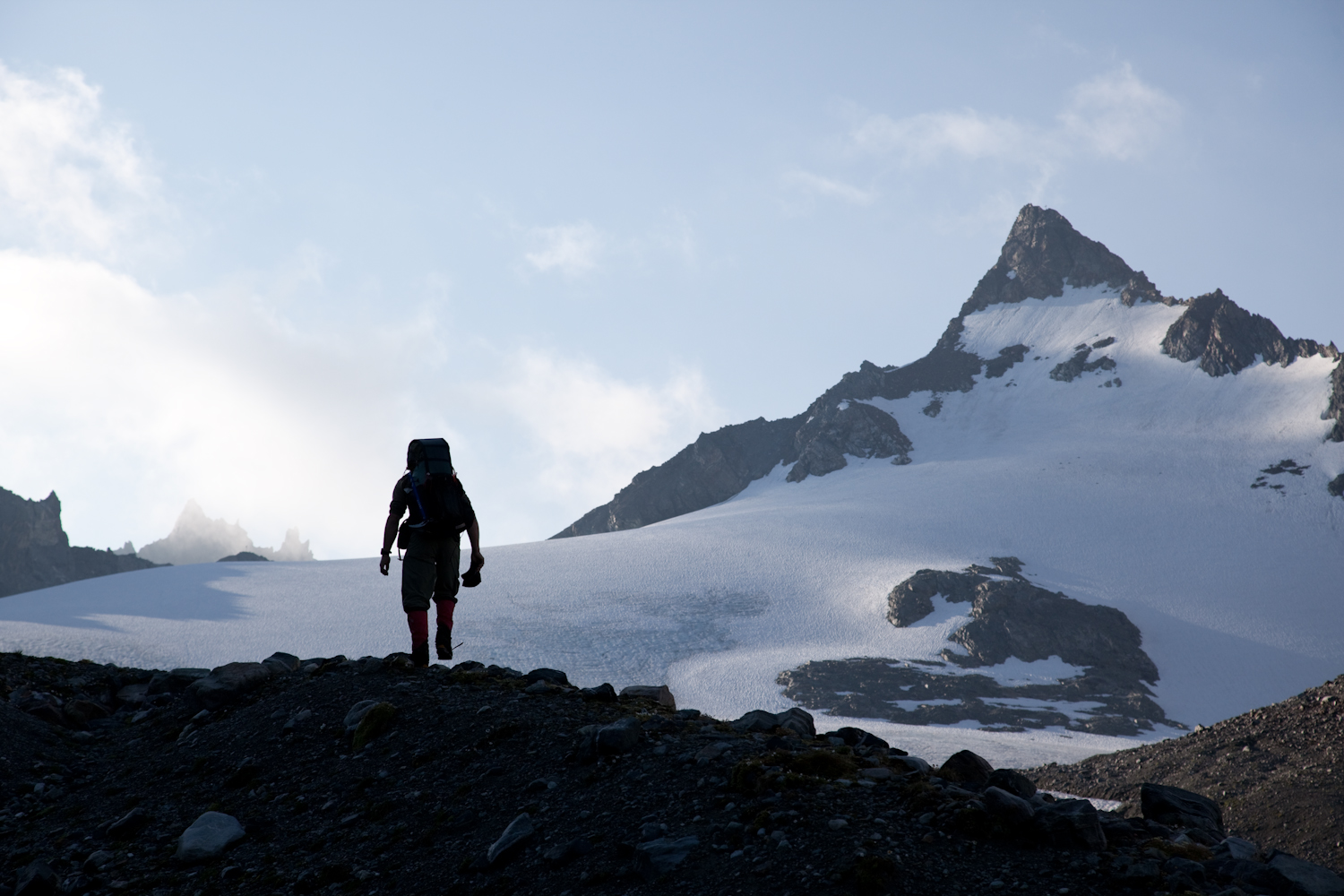


You can find an overview of ongoing debates with our journalists here . Please join us!
If you want to start a conversation about a topic raised in this article or want to report factual errors, email us at english@swissinfo.ch.